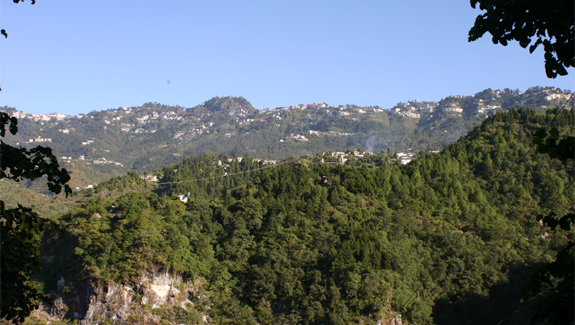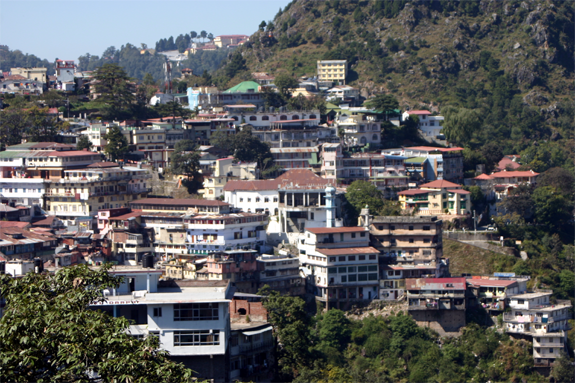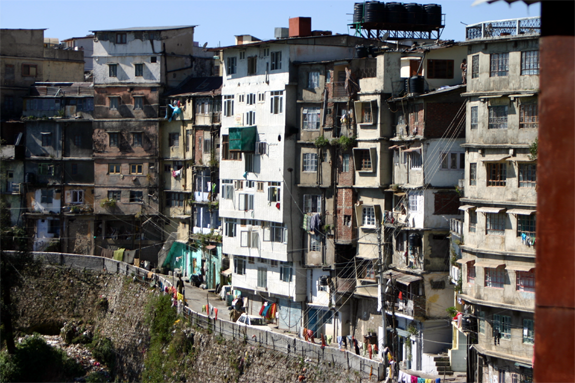Jan 04, 2026
Jan 04, 2026



26-Sep-2010
More by : V. K. Joshi (Bijji)

|
Thank you very much Kamal ji. Our hill stations have become congested, money spinning machines and I won't be surprised if they just collapse under a powerful earthquake! Its too scary a thought though. |

|
You have done a great service by bringing this to attention. Earthquakes are devastating and scary. Well written. |